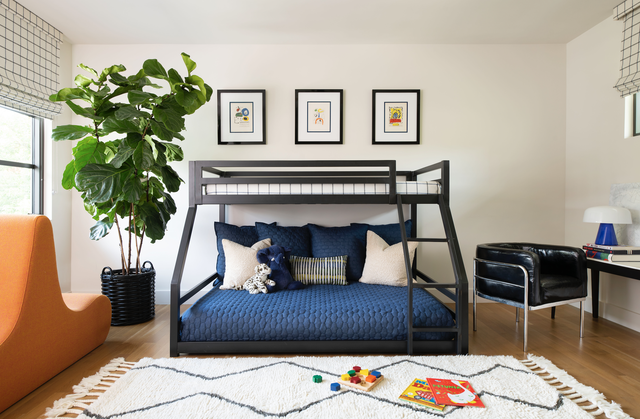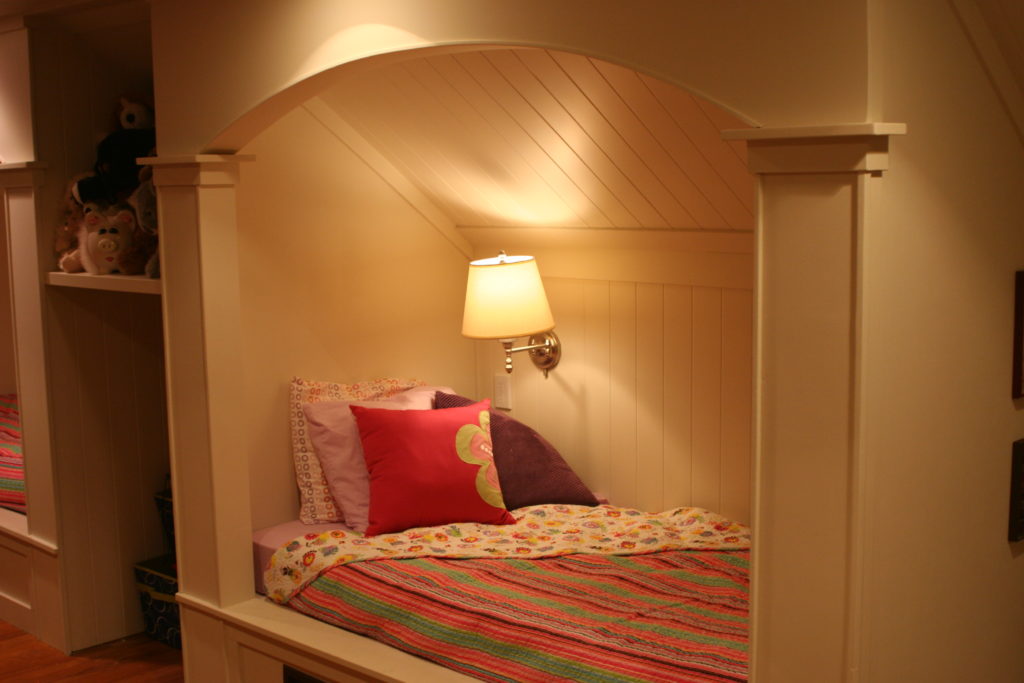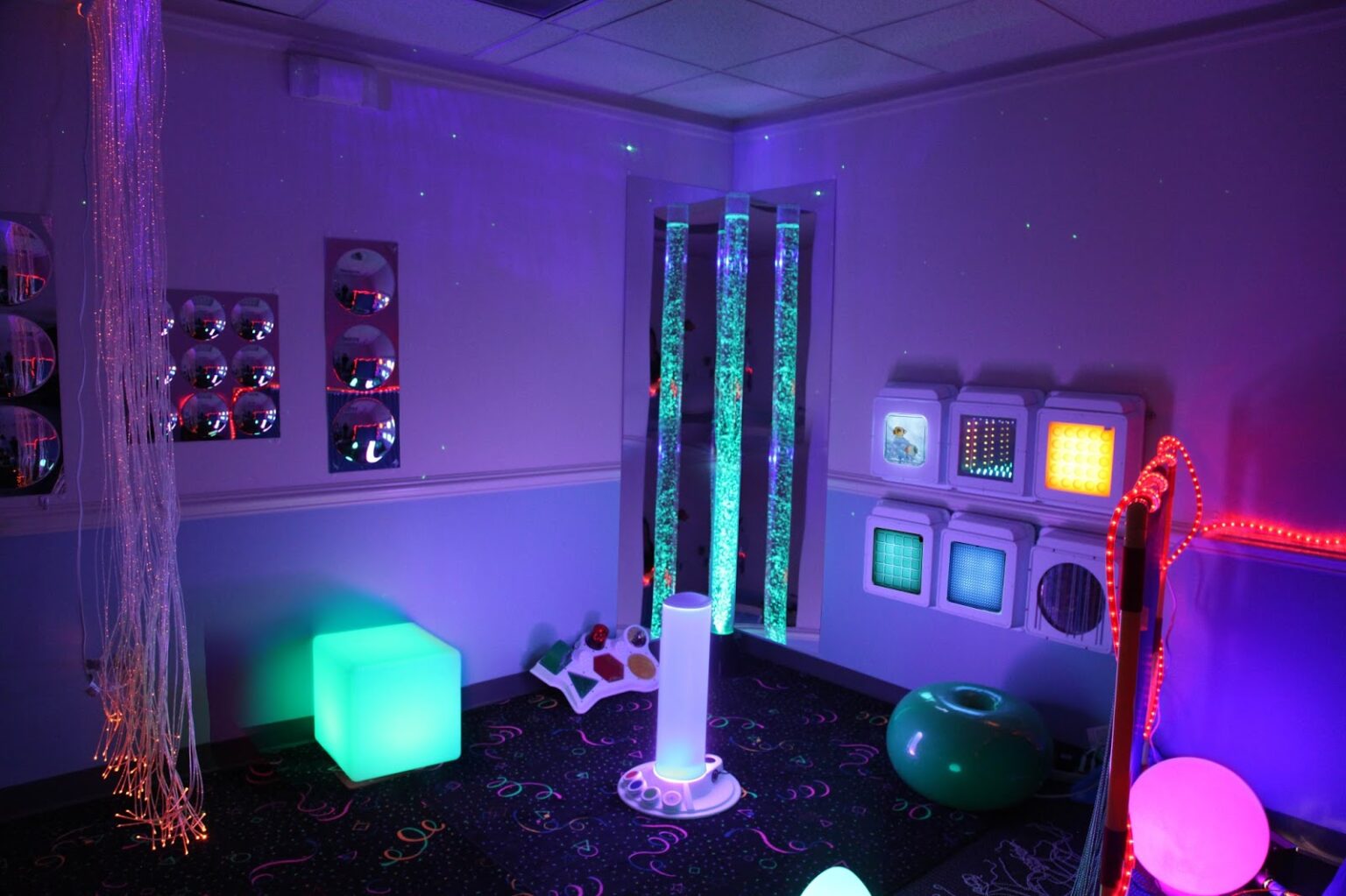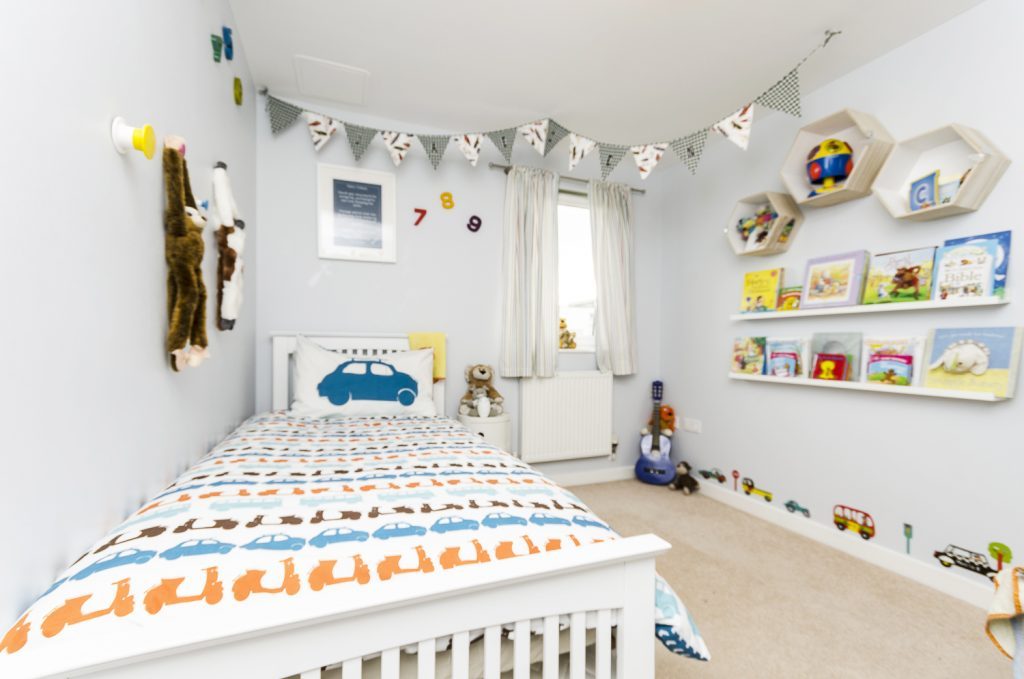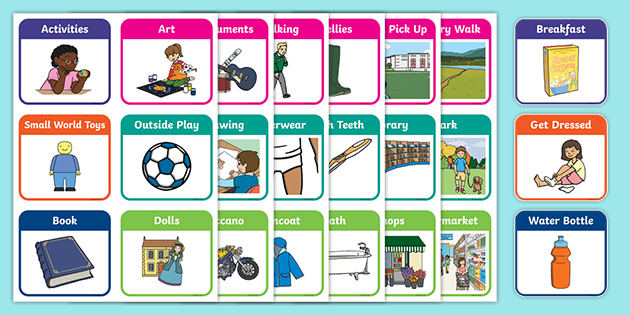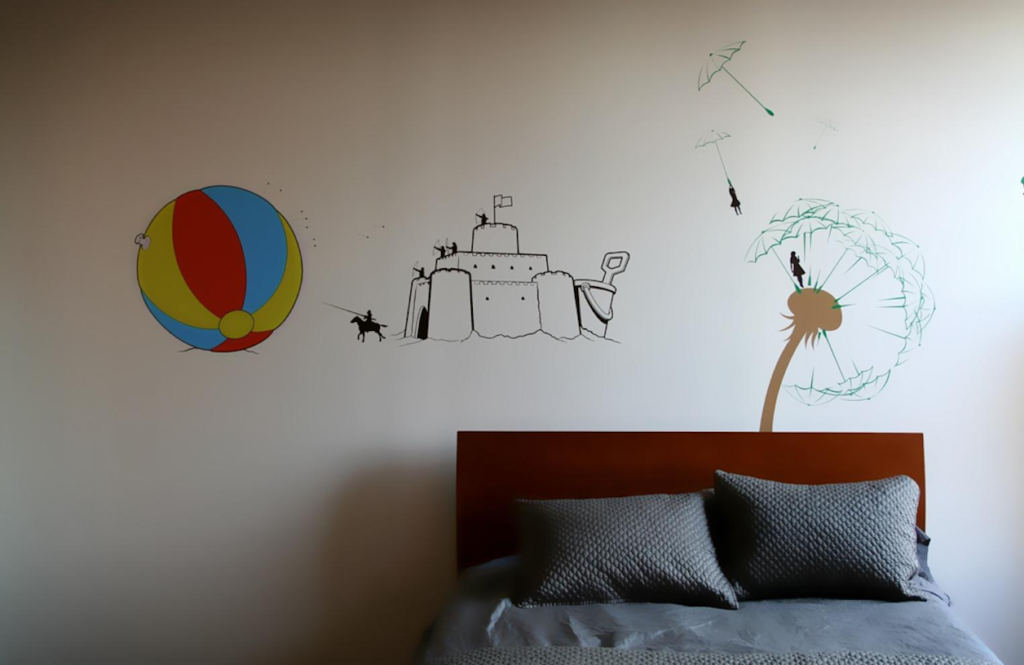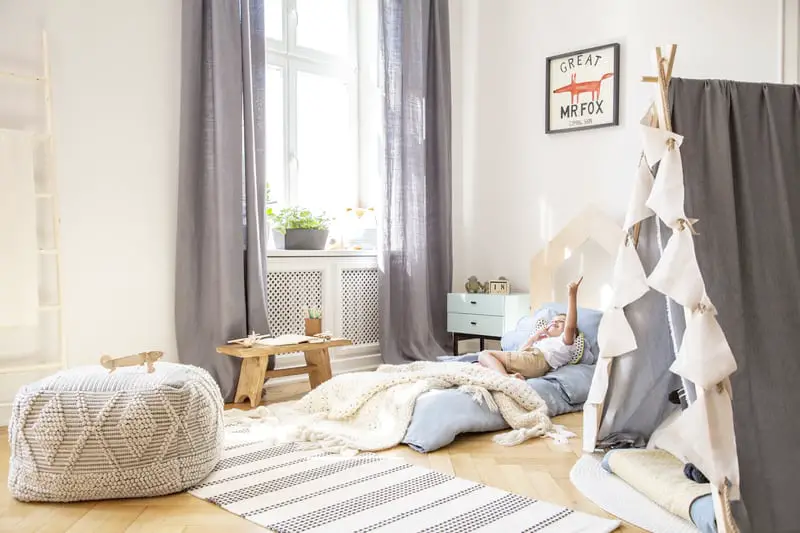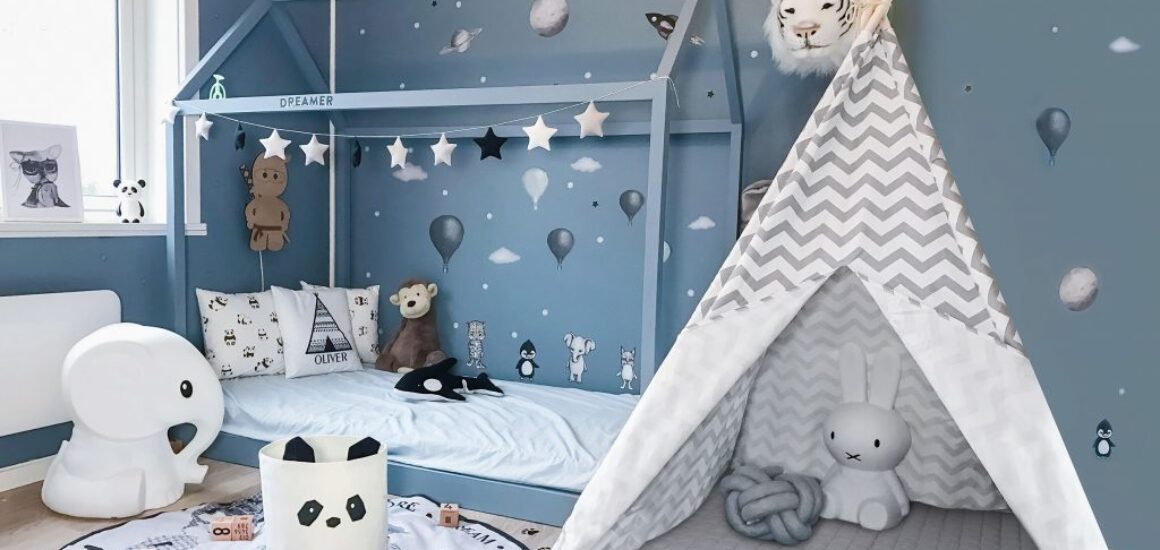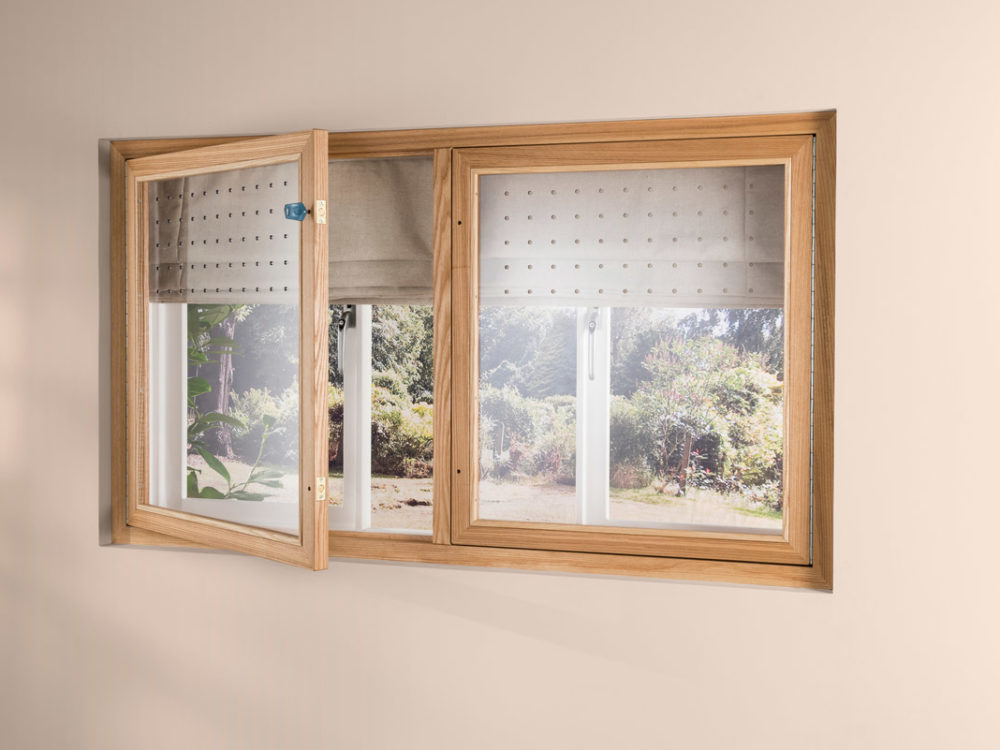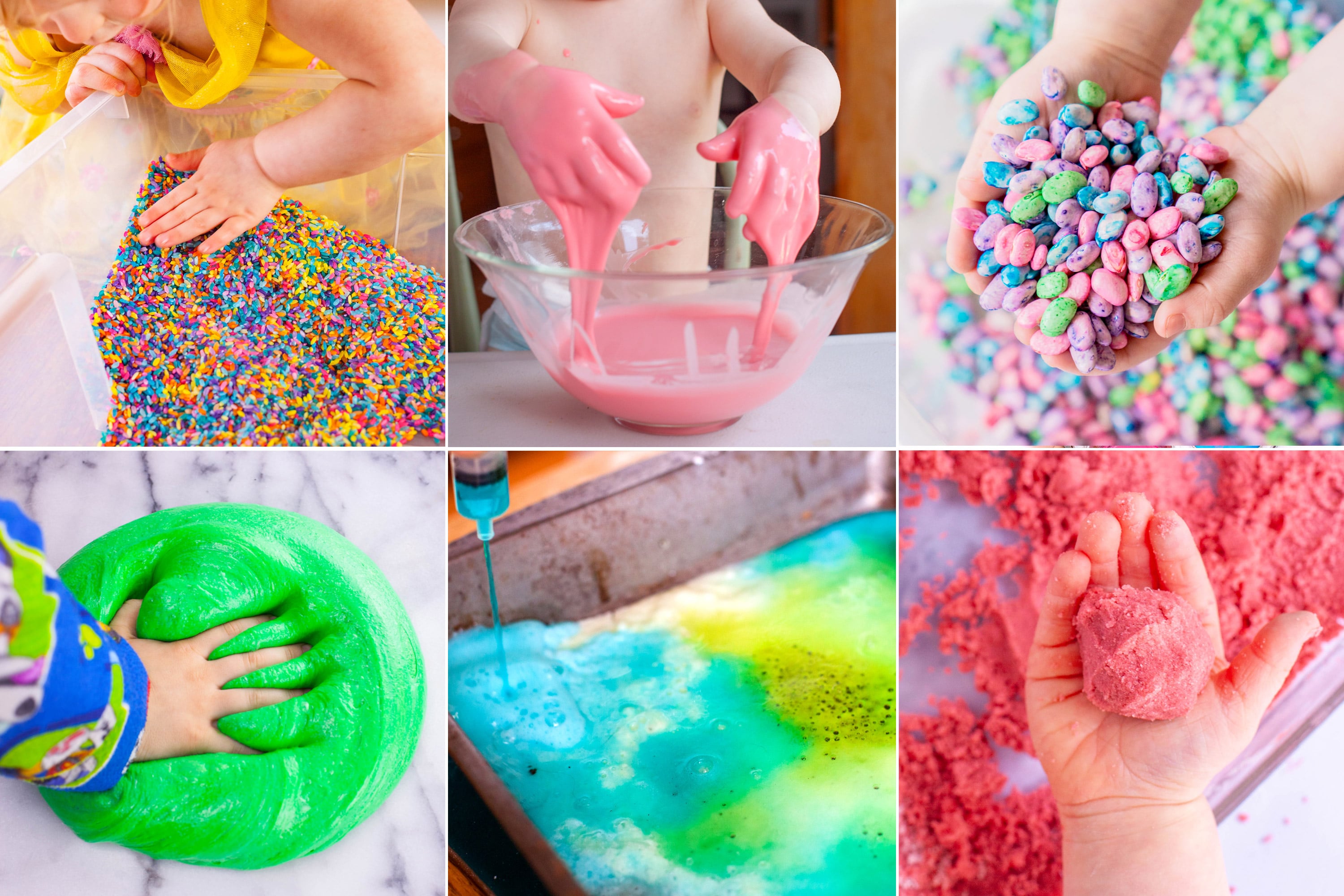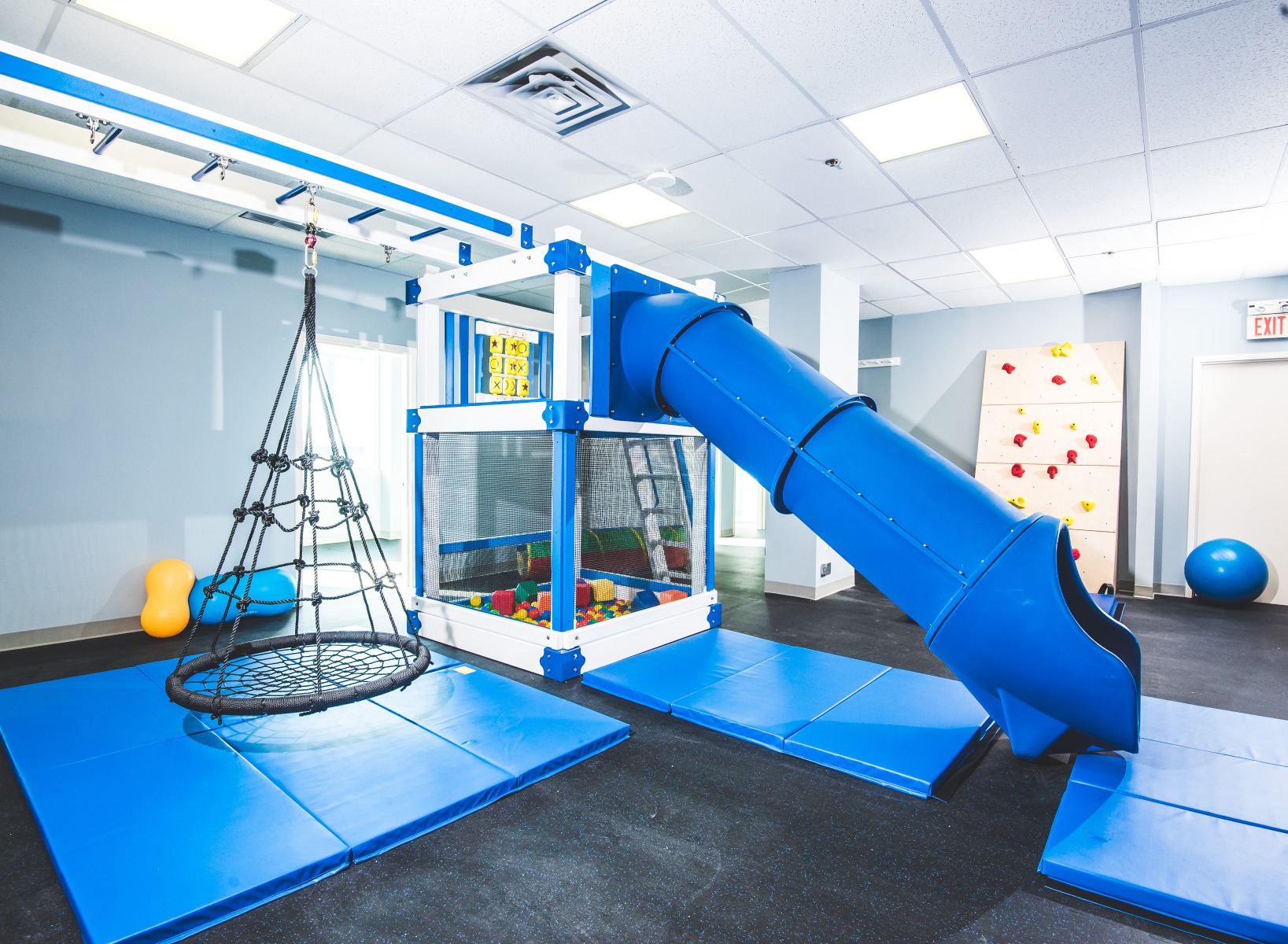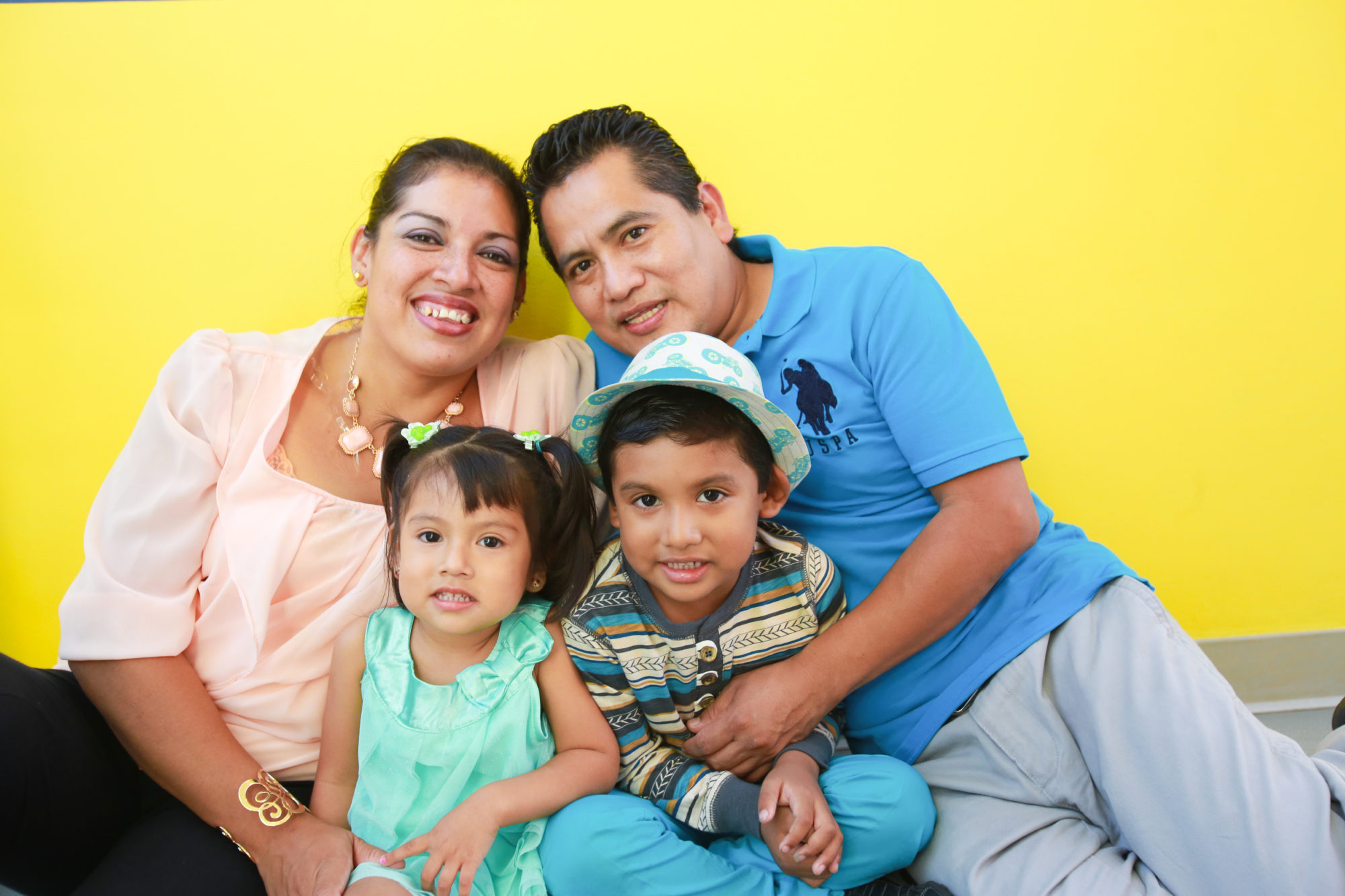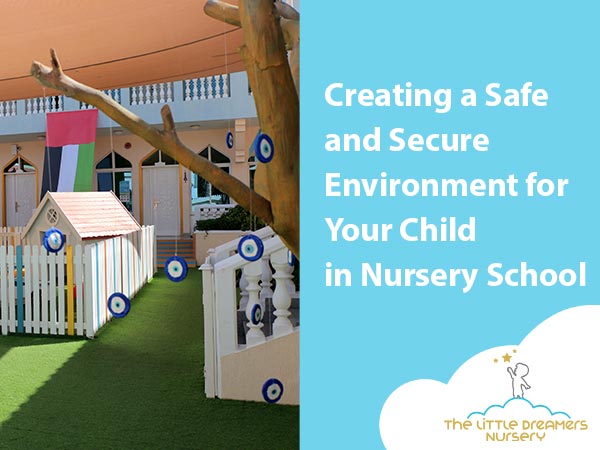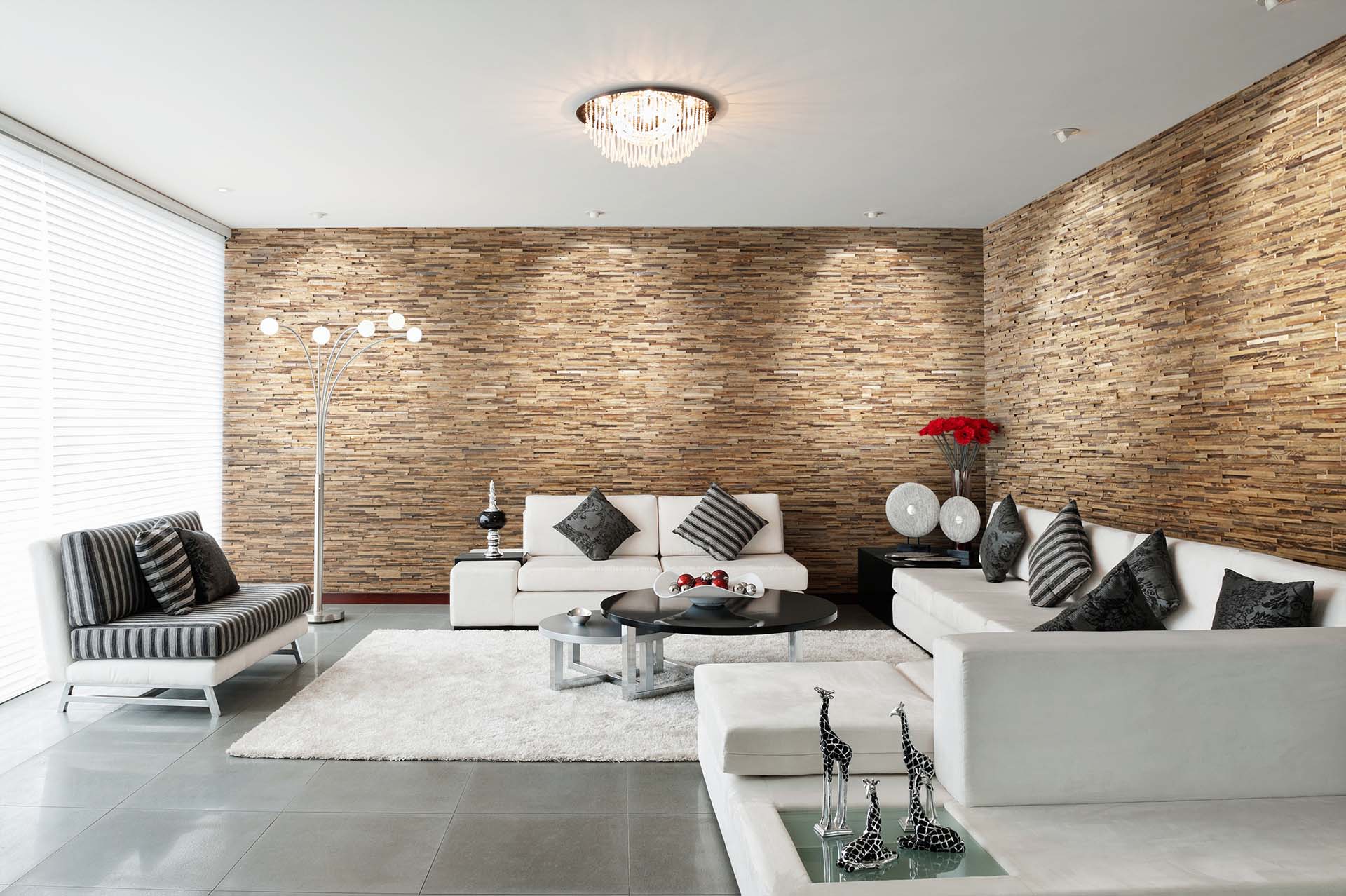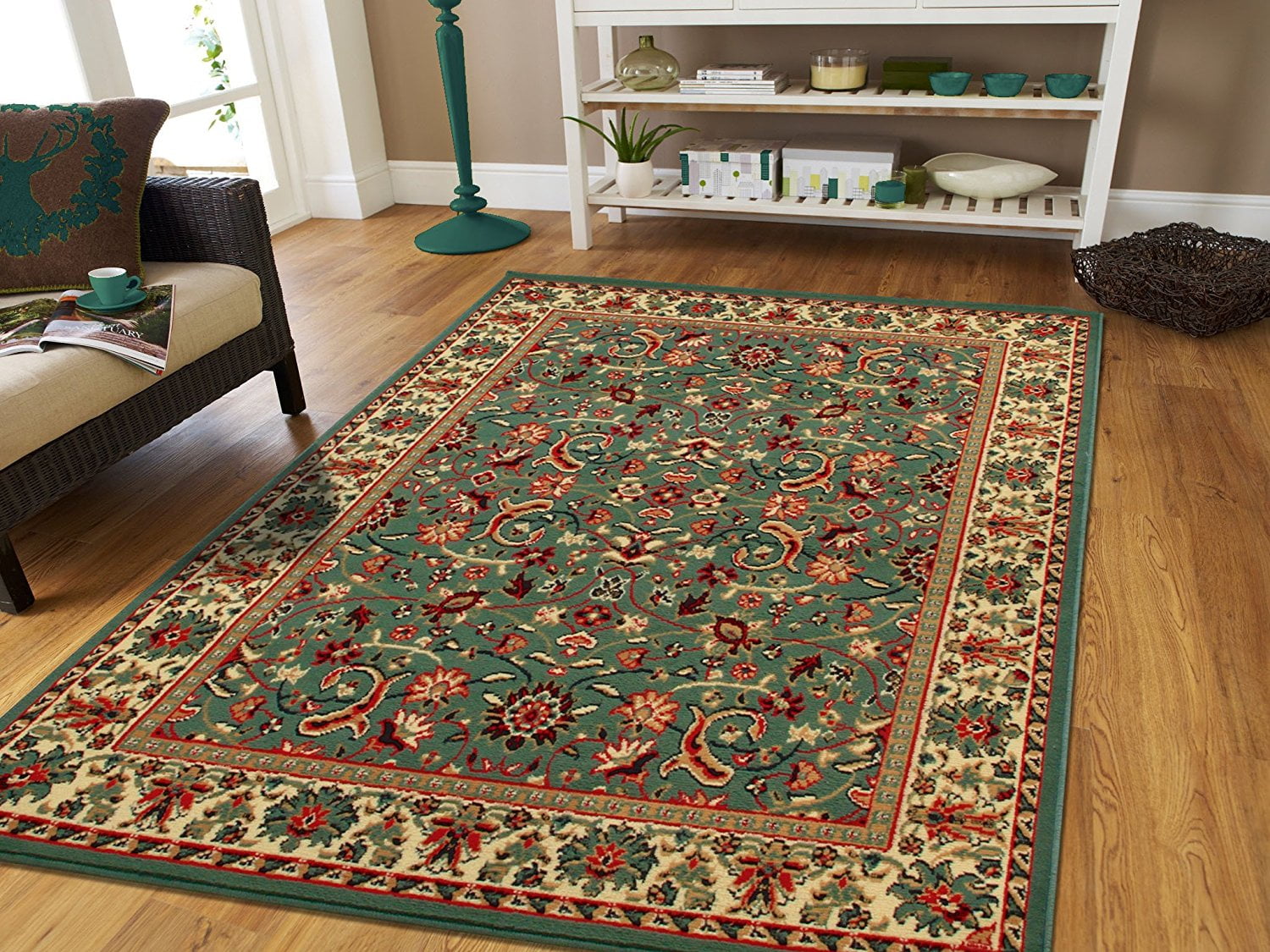Autism is a neurodevelopmental disorder that affects a child's ability to communicate and interact with others. Children with autism often have difficulty processing sensory information, which can make everyday activities, like sleeping, challenging. As a parent, you want to create a comfortable and calming environment for your child, especially in their bedroom where they spend a significant amount of time. Here are 10 tips for decorating a bedroom for an autistic child to help them feel safe, secure, and at ease.Sensory-friendly bedroom design for autistic children
When decorating a bedroom for a child with autism, the key is to create a space that is calming and sensory-friendly. This means reducing clutter, using soothing colors and lighting, and incorporating sensory activities and tools into the decor. Consider using soft, neutral colors like blues, greens, and purples for the walls and bedding. These colors have been shown to have a calming effect on children with autism.Tips for creating a calming bedroom for children with autism
Visual aids and organization strategies can be incredibly helpful for children with autism who struggle with routine and organization. Use picture labels to help your child easily find and put away their clothes and toys. You can also create a visual schedule for their bedtime routine to help them understand what comes next. Incorporating a whiteboard or chalkboard into the room can also be useful for reminders and visual schedules.Visual aids and organization strategies for an autistic-friendly bedroom
As mentioned before, using calming colors like blues, greens, and purples can help create a soothing environment for an autistic child's bedroom. Additionally, it's important to consider lighting when decorating a bedroom for a child with autism. Natural light is best, so try to incorporate as much natural light as possible into the space. Avoid harsh fluorescent lighting and instead opt for soft, warm lighting options.Choosing the right colors and lighting for an autistic child's bedroom
The furniture and layout of the bedroom can also play a significant role in creating a sensory-friendly space for an autistic child. Avoid clutter and choose furniture that is functional and safe. Consider using soft, comfortable bedding and pillows, and avoid furniture with sharp edges. It's also important to have a clear pathway for the child to move around the room without any obstructions.Furniture and layout considerations for an autism-friendly bedroom
Sensory activities and tools can be incredibly beneficial for children with autism, and incorporating them into the bedroom decor can help create a calming environment. Consider using a sensory table or bin filled with different textures and objects for your child to explore. You can also incorporate sensory tools like weighted blankets, fidget toys, or noise-canceling headphones into the room.Incorporating sensory activities and tools into bedroom decor
Safety is a top priority when decorating a bedroom for a child with autism. Make sure to secure any furniture that could tip over and cover any electrical outlets. Additionally, consider using a door alarm or lock to prevent the child from wandering out of the room at night. You may also want to use a video monitor to keep an eye on your child while they sleep.Creating a safe and secure bedroom environment for children with autism
For children with autism, routines are essential, and bedtime can often be a challenging time. Using social stories and visual schedules can help your child understand what is expected of them at bedtime. You can create a social story that explains the bedtime routine and incorporate pictures to help your child understand. A visual schedule can also be helpful for your child to see what needs to be done before bed.Using social stories and visual schedules to help with bedroom routines
Every child with autism is unique, and their bedroom should reflect their individual needs and interests. Talk to your child about what they like and incorporate those interests into their bedroom decor. For example, if your child loves animals, consider using animal-themed bedding or decorations. This personalization can help your child feel more comfortable and at ease in their space.Personalizing the bedroom to meet the specific needs and interests of the child
When decorating a bedroom for an autistic child, it's essential to involve them in the process. Collaborating with your child can help them feel more in control and comfortable in their space. Ask for their input on color choices, furniture layout, and decor options. This can also be a great opportunity to work on social skills and decision-making with your child.Collaborating with the child to design a comfortable and functional bedroom space
Creating a Safe and Comfortable Space

The Importance of Sensory-Friendly Design
 When it comes to decorating a bedroom for an autistic child, it's crucial to prioritize their sensory needs. Children on the autism spectrum often have heightened or decreased sensitivity to certain stimuli, such as light, sound, and texture. This can greatly impact their comfort and behavior in their bedroom. Therefore, it's essential to create a space that is sensory-friendly and promotes a calming and soothing environment.
One of the key elements in sensory-friendly design is color.
It's best to stick to a neutral color palette, as bright or bold colors can be overwhelming for some children with autism. Soft, muted tones like pastels or earthy shades can help create a peaceful atmosphere. Additionally,
choosing a single color scheme can provide a sense of consistency and predictability for the child.
This can be achieved by incorporating shades of the same color in different elements of the room, such as the walls, bedding, and decor.
When it comes to decorating a bedroom for an autistic child, it's crucial to prioritize their sensory needs. Children on the autism spectrum often have heightened or decreased sensitivity to certain stimuli, such as light, sound, and texture. This can greatly impact their comfort and behavior in their bedroom. Therefore, it's essential to create a space that is sensory-friendly and promotes a calming and soothing environment.
One of the key elements in sensory-friendly design is color.
It's best to stick to a neutral color palette, as bright or bold colors can be overwhelming for some children with autism. Soft, muted tones like pastels or earthy shades can help create a peaceful atmosphere. Additionally,
choosing a single color scheme can provide a sense of consistency and predictability for the child.
This can be achieved by incorporating shades of the same color in different elements of the room, such as the walls, bedding, and decor.
Creating a Comfortable and Functional Layout
 In addition to color, the layout of the room is also crucial in creating a safe and comfortable space for an autistic child.
It's essential to keep the room clutter-free and organized to avoid sensory overload and confusion.
This can be achieved by incorporating plenty of storage options, such as shelves, bins, and baskets, to keep toys and belongings out of sight when not in use.
Furniture placement is also an important consideration.
It's best to arrange furniture in a way that allows for easy movement and avoids any potential hazards.
Creating a designated play area can also be beneficial in promoting a sense of structure and routine for the child.
This can be achieved by incorporating a soft rug or play mat and including a variety of sensory-friendly toys and activities.
In addition to color, the layout of the room is also crucial in creating a safe and comfortable space for an autistic child.
It's essential to keep the room clutter-free and organized to avoid sensory overload and confusion.
This can be achieved by incorporating plenty of storage options, such as shelves, bins, and baskets, to keep toys and belongings out of sight when not in use.
Furniture placement is also an important consideration.
It's best to arrange furniture in a way that allows for easy movement and avoids any potential hazards.
Creating a designated play area can also be beneficial in promoting a sense of structure and routine for the child.
This can be achieved by incorporating a soft rug or play mat and including a variety of sensory-friendly toys and activities.
Incorporating Sensory-Friendly Elements
 Finally, it's important to incorporate sensory-friendly elements into the bedroom design.
Soft and comfortable textures, such as plush pillows and blankets, can provide a sense of comfort and security for an autistic child.
Natural elements, such as plants and natural light, can also have a calming effect on the child's senses. Additionally,
incorporating a cozy reading nook or a designated quiet area can provide a safe space for the child to relax and decompress.
In conclusion, creating a safe and comfortable space for an autistic child is crucial when designing a bedroom. By prioritizing sensory-friendly design, incorporating a functional layout, and including elements that promote a sense of calm and security, you can create a space that meets the unique needs of your child. With careful consideration and attention to detail, you can create a bedroom that not only looks beautiful but also promotes a sense of peace and comfort for your child.
Finally, it's important to incorporate sensory-friendly elements into the bedroom design.
Soft and comfortable textures, such as plush pillows and blankets, can provide a sense of comfort and security for an autistic child.
Natural elements, such as plants and natural light, can also have a calming effect on the child's senses. Additionally,
incorporating a cozy reading nook or a designated quiet area can provide a safe space for the child to relax and decompress.
In conclusion, creating a safe and comfortable space for an autistic child is crucial when designing a bedroom. By prioritizing sensory-friendly design, incorporating a functional layout, and including elements that promote a sense of calm and security, you can create a space that meets the unique needs of your child. With careful consideration and attention to detail, you can create a bedroom that not only looks beautiful but also promotes a sense of peace and comfort for your child.




